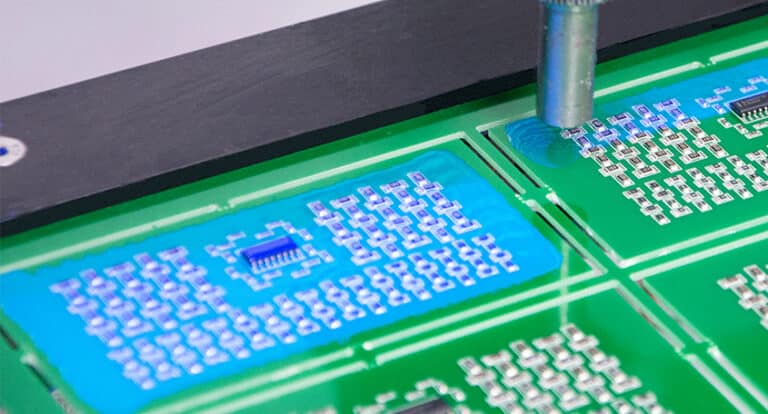The RoHS Directive 2015/863/EU and the RoHS Regulations 2012 (as amended) in the UK, cover “the restriction of the use of certain hazardous substances in electrical and electronic equipment”. RoHS bans the introduction of new electrical and electronic equipment to the EU and UK markets containing higher than agreed levels of such hazardous substances. The hazardous substances and their maximum allowed concentrations as defined under RoHS are listed below:
| Lead (Pb) and its compounds | < 0.1% (as metal) |
| Mercury and its compounds | < 0.1% (as metal) |
| Cadmium (Cd) and its compounds | < 0.01% (as metal) |
| Hexavalent Chromium compounds | < 0.1% (as metal) |
| Polybrominated Biphenyl (PBB) | < 0.1% |
| Polybrominated diphenyl ethers (PBDE) | < 0.1% |
| Bis(2-ethylhexyl) phthalate (DEHP) | < 0.1% |
| Butyl benzyl phthalate (BBP) | < 0.1% |
| Dibutyl phthalate (DBP) | < 0.1% |
| Diisobutyl phthalate (DIBP) | < 0.1% |
*NB. Decabromo Biphenyl Ether has now been exempted from the RoHS Directive.
There are a number of exemptions for the use of such hazardous substances for specific technical applications where alternatives do not currently exist.
K. Wentworth Limited trading as Electrolube, is fully aware of the requirements of RoHS and is committed to providing a fully compliant product range. All products in the Electrolube portfolio for use in the electronics industry are RoHS compliant, unless otherwise specified as exempt.
As part of our ongoing product development programme all new products created are done so with RoHS compliancy in mind. This has also been integrated into our company environmental policy. H. K. Wentworth, as a responsible manufacturer, is continually reviewing such standards to ensure all products produced under the Electrolube brand remain compliant.





